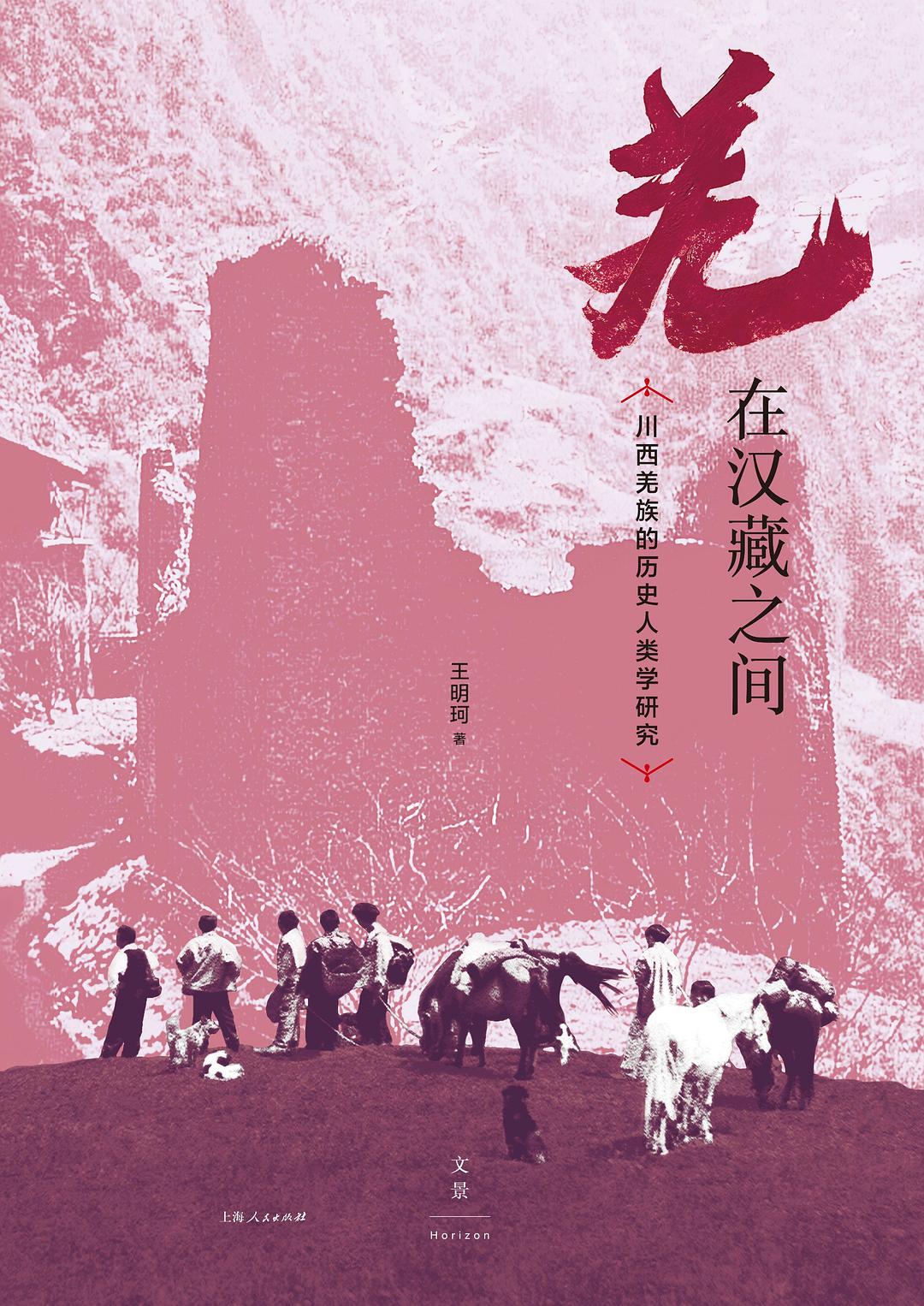1
/
of
1
Qiang people are located between Han and Tibetan peoples
Qiang people are located between Han and Tibetan peoples
A Historical Anthropological Study of the Qiang Nationality in Western Sichuan
Wang MingkeRegular price
$23.99 USD
Regular price
$23.99 USD
Sale price
$23.99 USD
Unit price
/
per
Low stock
Couldn't load pickup availability
About Book
About Book
• Renowned historical anthropologist Wang Mingke explains in detail the history and culture of the Qiang people in western Sichuan, including Wenchuan, Maoxian, Lixian, Beichuan, and Songpan. He has gathered the strength of more than ten years of field research and delved into the thousand-year roots of the Qiang people.
From the Western Qiang of Hehuang in the Han Dynasty, the Qiang people in Xishan in the Tang Dynasty, the Qiang people in the Ming and Qing Dynasties, to the Qiang people today, what makes Qiang "Qiang"?
From deep valley villages to street markets and towns, descendants of Meng Huo or Dayu, Baishi beliefs and Duangong lyrics, where is the contemporary Qiang identity?
• Models of writing about national history and ethnography include “Scold one piece at a time”, “Poison Cat”, “Historical Mindset of Heroic Ancestors”, “Historical Mindset of Brotherly Nations”, and many creative historical anthropological discourses.
From the marginal perspective of Qiang research practice, this paper analyzes the integration and evolution of China and questions new interpretations of "nation", "culture" and "history".
• A classic reprint, fully revised, and with a new and extended preface. The first edition of "Qiang Between Han and Tibetan" was published by Zhonghua Book Company in 2008 and has been out of print for many years. Its publication coincided with the Wenchuan earthquake, which shocked the nation and brought Wenchuan, Beichuan, and Li County to public attention. This reprint, fully revised and featuring a 10,000-word preface and 30 color illustrations, takes readers on a journey into the rural landscape of western Sichuan before the earthquake.
——————————————————
Qiang Between Han and Tibetans is one of the representative works of historical anthropologist Wang Mingke. For over a decade, Wang Mingke conducted multi-site, mobile fieldwork in Qiang settlements nestled in the high mountains and valleys of the Minjiang and Qianjiang River basins in western Sichuan Province. Drawing on the fieldwork and extensive archival materials, Wang Mingke, using the Qiang as a case study, explores in depth the origins of "ethnicity" and the integration and transformation of marginalized ethnic groups in China, developing numerous innovative theoretical generalizations in historical anthropology. The book's three sections discuss identity and distinction within Qiang social structure, the formation of Qiang narrative paradigms and historical mentality, and the cultural reconstruction and performance of ethnic identity. Like all other "ethnic groups," the Hehuang Western Qiang of the Han Dynasty, the Western Mountain Qiang of the Tang Dynasty, the Qiang people of the first half of the 20th century, and the Qiang people today are all historical creations. They respond to dominant narratives through various representations and actions, contributing to various realities and thereby completing the internal formation of their ethnic group.
From the Western Qiang of Hehuang in the Han Dynasty, the Qiang people in Xishan in the Tang Dynasty, the Qiang people in the Ming and Qing Dynasties, to the Qiang people today, what makes Qiang "Qiang"?
From deep valley villages to street markets and towns, descendants of Meng Huo or Dayu, Baishi beliefs and Duangong lyrics, where is the contemporary Qiang identity?
• Models of writing about national history and ethnography include “Scold one piece at a time”, “Poison Cat”, “Historical Mindset of Heroic Ancestors”, “Historical Mindset of Brotherly Nations”, and many creative historical anthropological discourses.
From the marginal perspective of Qiang research practice, this paper analyzes the integration and evolution of China and questions new interpretations of "nation", "culture" and "history".
• A classic reprint, fully revised, and with a new and extended preface. The first edition of "Qiang Between Han and Tibetan" was published by Zhonghua Book Company in 2008 and has been out of print for many years. Its publication coincided with the Wenchuan earthquake, which shocked the nation and brought Wenchuan, Beichuan, and Li County to public attention. This reprint, fully revised and featuring a 10,000-word preface and 30 color illustrations, takes readers on a journey into the rural landscape of western Sichuan before the earthquake.
——————————————————
Qiang Between Han and Tibetans is one of the representative works of historical anthropologist Wang Mingke. For over a decade, Wang Mingke conducted multi-site, mobile fieldwork in Qiang settlements nestled in the high mountains and valleys of the Minjiang and Qianjiang River basins in western Sichuan Province. Drawing on the fieldwork and extensive archival materials, Wang Mingke, using the Qiang as a case study, explores in depth the origins of "ethnicity" and the integration and transformation of marginalized ethnic groups in China, developing numerous innovative theoretical generalizations in historical anthropology. The book's three sections discuss identity and distinction within Qiang social structure, the formation of Qiang narrative paradigms and historical mentality, and the cultural reconstruction and performance of ethnic identity. Like all other "ethnic groups," the Hehuang Western Qiang of the Han Dynasty, the Western Mountain Qiang of the Tang Dynasty, the Qiang people of the first half of the 20th century, and the Qiang people today are all historical creations. They respond to dominant narratives through various representations and actions, contributing to various realities and thereby completing the internal formation of their ethnic group.
Publication Date
Publication Date
2022-01-01
Publisher
Publisher
上海人民出版社
Imprint
Imprint
Century Wenjing
Pages
Pages
488
ISBN
ISBN
9787208172791
share

